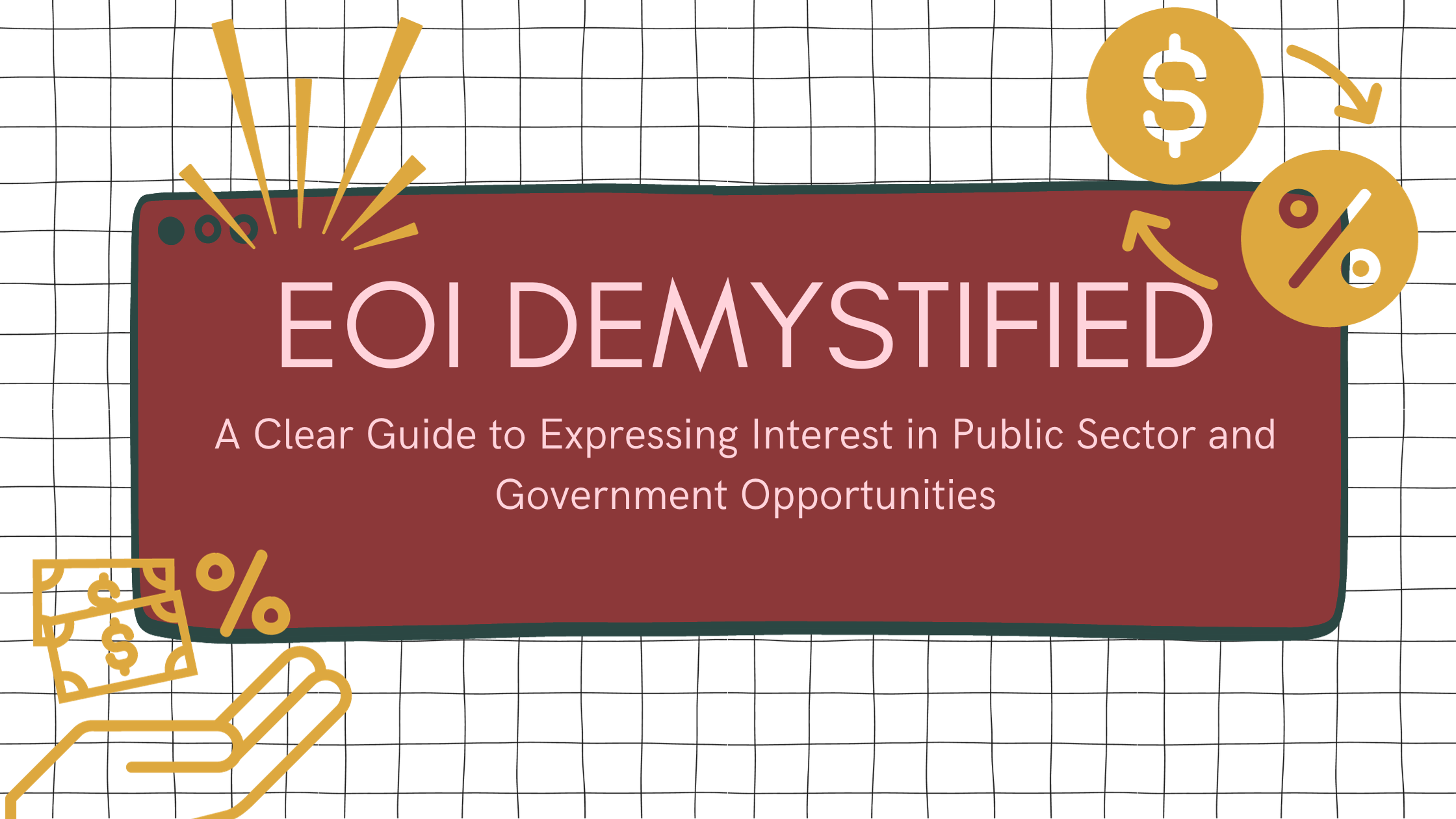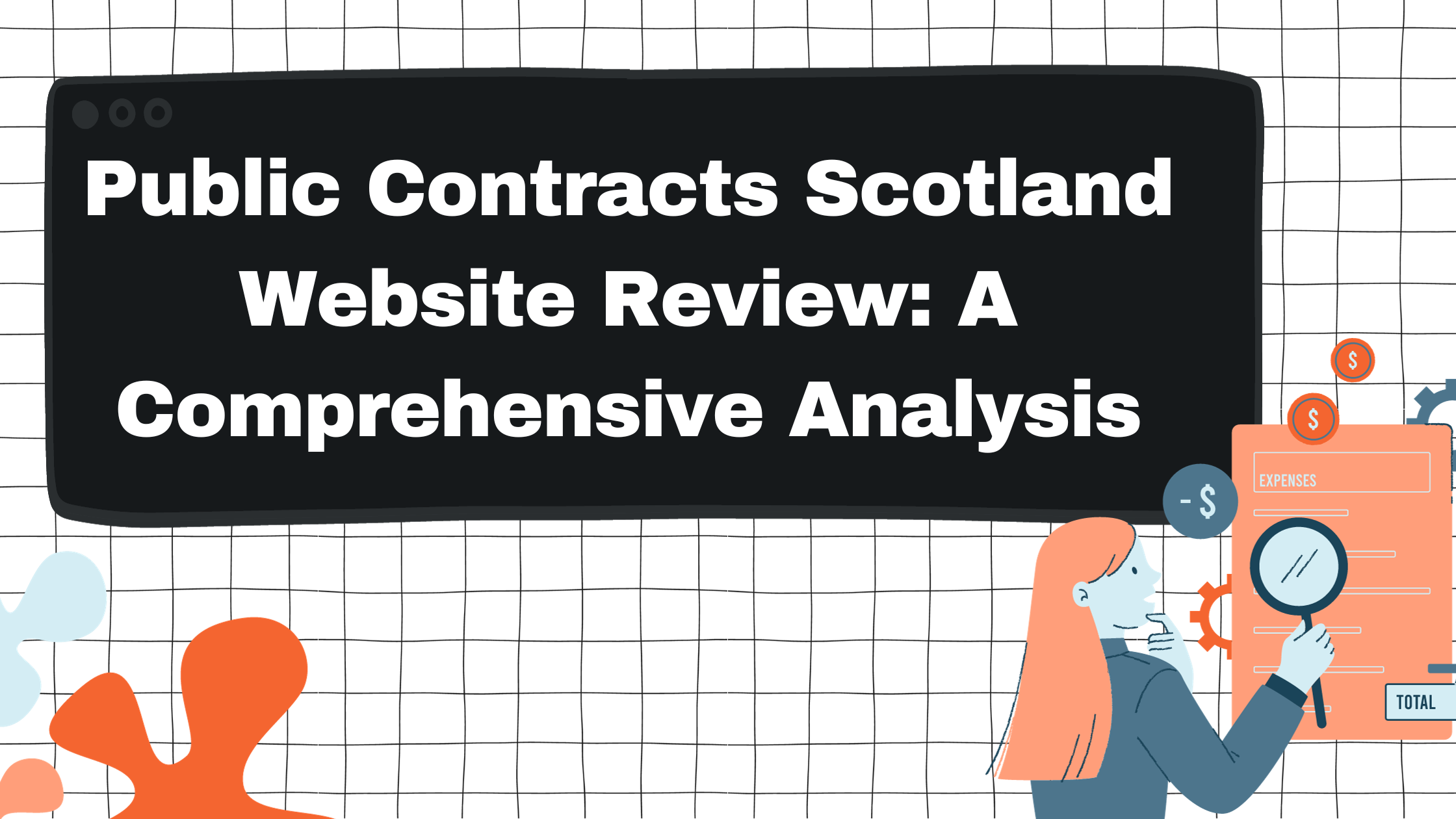Mastering Proposal and RFP Writing Services for Graphic Design Success

Need Help with Your Bid?
Get in touch by filling out the form and one of our advisors will be in contact.
Contact UsCrafting Compelling RFPs: Your Guide to Securing Effective Graphic Design Partnerships
Crafting a compelling Request for Proposal (RFP) is a crucial step in forging successful partnerships in the graphic design industry. An RFP not only communicates the specific needs and expectations of a project but also sets the stage for how potential design partners will align their creative solutions with your objectives. By establishing clear guidelines and deliverables through a well-defined RFP document, businesses can attract the right talent and ensure that the end results are consistent with their vision.

Understanding how to effectively navigate the RFP landscape can make the difference between a good partnership and a great one. It’s about more than just declaring needs; it’s a strategic act of presenting a project in such a way that it elicits responses from the most qualified and compatible service providers. With a tailored RFP response, designers are better equipped to showcase their skills and propose creative solutions that resonate with the project's goals. Therefore, knowing the components that constitute an effective RFP response is essential to maximize the potential of any collaboration.
Key Takeaways
- A clear and well-structured RFP attracts the best graphic design partners.
- Tailored responses from designers indicate a strong alignment with the project's goals.
- The right RFP response can significantly enhance project outcomes.
Understanding the RFP Landscape

In the realm of acquiring new business and fostering partnerships, the RFP process serves as a critical navigational tool for companies and design agencies alike. It allows both parties to align on project objectives and expectations from the outset.
Decoding RFP Jargon
The utilization of Request for Proposals (RFPs) inevitably introduces specific jargon and terminology integral to understanding the bidding process. Entities issuing RFPs seek comprehensive and competitive proposals, each element of which—such as scope of work, submission guidelines, and evaluation criteria—plays a significant role in selecting the right graphic design partner.
The Role of RFPs in Graphic Design
In graphic design, RFPs are essential for establishing clear project parameters and deliverables. They enable design agencies to tailor their offerings to meet the exact needs of prospective clients, thereby laying the foundation for a successful partnership. The structure of an RFP allows agencies to showcase their creativity and relevance, demonstrating how their design expertise and project approach align with the client's vision and objectives.
Crafting Your RFP Response

In the pursuit of successful partnerships in graphic design, responding to a Request for Proposal (RFP) requires a concoction of clarity, precision, and persuasive narrative. One must delineate their expertise while assembling a dedicated team, geared towards addressing the client's unique challenges.
Assembling a Winning Team
For a proposal to resonate, it's crucial to gather a team whose skills are as diverse as they are complementary. They should display a proven track record in delivering graphic design services that synergize with the RFP's expectations. The process involves identifying roles meticulously:
- Project Manager: Ensures the proposal meets all requirements and deadlines.
- Creative Lead: Drives the vision, aligning design efforts with client goals.
- Design Specialists: Bring specific skills whether in web design, branding, or multimedia.
- Business Analyst: Interprets client needs, translating them into actionable project plans.
- Copywriter: Articulates the team's thoughts with persuasive clarity.
Showcase Your Expertise and Experience
Once your team is ready, they must demonstrate expertise with tangible evidence. A well-curated portfolio is non-negotiable, comprising varied case studies that reflect the team's capabilities. Each case study should elucidate:
- The challenge faced by past clients.
- The solutions provided through your graphic design services.
- The impact of those solutions, supported by data and client testimonials.
In showcasing experience, it’s crucial to highlight previous partnerships that mirror the prospects' industry or needs. This is not merely a display of past triumphs but a reassurance that your team is well-versed in navigating similar terrains. Employ before-and-after visuals when appropriate to convey the transformative effect of your services.
Key Elements of an Effective Proposal

Crafting a compelling Request for Proposal (RFP) is fundamental in establishing a clear vision for a graphic design project. An RFP that incorporates transparency and clarity will likely attract the kind of professional partnership necessary to achieve desired outcomes.
Detailing Project Objectives and Scope
When detailing project objectives and scope, it’s essential to be explicit about the project’s intentions and the results it aims to achieve. The RFP should convey a clear project overview, specifying the graphics, infographics, and design elements expected. A bullet-point list to capture crucial points helps ensure that respondents understand the breadth of work:
- Purpose of the project (e.g., brand refresh, event marketing)
- Overall design aesthetic and thematic elements
- Specific graphic and infographic requirements
- Any brand guidelines or design constraints
- Defined deliverables such as logo, web design, marketing materials
Incorporating Design Elements and Costs
For incorporating design elements and costs, clarity is key in setting expectations regarding the creative process and the budget. Applicants should know from the outset what design elements are required and the scope of those elements. Addressing budget constraints and cost estimates will facilitate more accurate and transparent proposal submissions. Use a table to outline expected costs versus desired design components:
Design ComponentExpected Cost RangeLogo Design$X - $YWeb Graphics$X - $YInfographic Suite$X - $Y
Clarification on whether there is flexibility with these costs can also guide vendors in crafting their responses.
Creating a Compelling Project Timeline
A compelling RFP must include a project timeline that outlines expected milestones and deadlines. Not only does this indicate to respondents the urgency and the pacing expected for the project, but it also highlights the proposer’s commitment to efficiency and deadlines. Each timeline entry should include:
- Key milestones such as concept approval, first draft submission, and final deliverable dates
- Any review periods or testing phases
- Necessary lead times for specific design tasks (particularly for complex graphics or infographics)
- Final completion date for the entire project
The effective articulation of these elements within an RFP can facilitate a successful and productive collaboration between clients and graphic design vendors, leading to quality results within the desired budget and timeline.
Evaluating and Leveraging RFP Results

When crafting an RFP for graphic design partnerships, one should conduct a thorough evaluation to establish a basis for successful collaboration and to measure the impact of design initiatives. Leveraging these results can set the stage for strategic partnerships and continuous improvement.
Strategic Partnership and Collaboration
After the evaluation of RFP responses, one should identify vendors that demonstrate a profound understanding of the project’s goals and exhibit a clear potential for successful partnership. This process often includes a scoring and ranking system, where proposals are judged against a set of predefined criteria. For example:
- Understanding of Project Scope: Does the proposal reflect a thorough understanding of the project requirements?
- Creativity and Innovation: How does the approach stand out?
- Past Performance: What is the track record of successful outcomes with similar projects?
- Cost-Efficiency: Does the proposal offer a competitive price without compromising quality?
The key lies in pinpointing opportunities for collaboration where both parties can contribute expertise, share resources, and drive collective growth. Selecting a partner whose strategic aims align with those of the RFP issuing organization can amplify the impact of the design project.
Feedback and Continuous Improvement
Post-evaluation, it’s imperative to provide constructive feedback to all participants. This not only maintains a transparent relationship but also fosters an environment where continuous improvement is valued. Emphasizing what strengths and weaknesses were observed in each proposal encourages vendors to refine their approach for future collaborations.
Leveraging the results means keeping an eye on the achieved outcomes against the set objectives across the project lifecycle. They should analyze metrics such as:
- Project Completion Rates: Are deliverables being met on time?
- Budget Adherence: Is the partnership staying within financial parameters?
- Stakeholder Satisfaction: How are the end-users responding to the implemented designs?
By meticulously assessing these factors, organizations ensure that their graphic design partnerships yield a robust return on investment and nurture an ecosystem of innovation and impact.
Frequently Asked Questions

This section addresses common inquiries regarding crafting compelling RFPs in the graphic design industry, providing a blueprint for creating partnerships that are both clear and effective.
What elements are essential to include in a graphic design proposal for a partnership?
A comprehensive graphic design proposal should feature a clear objective, concise description of services, deliverables, a timeline for completion, pricing details, and examples of past work. It's crucial to define the scope and expectations to foster trust and transparency with potential partners.
How can one structure a design proposal to effectively communicate value to potential partners?
One should structure a design proposal to begin with an executive summary, followed by an in-depth exploration of design services, unique value propositions, and demonstrated success stories. Effectively communicate value by aligning the design solution with the partner's strategic goals.
Can you outline the five key steps to crafting a successful business proposal for design services?
To craft a successful business proposal, start with a needs assessment, then proceed with solution ideation, define the project's scope, create a detailed pricing structure, and include a persuasive closing that encourages action.
What is the standard format for a professional event proposal, such as conferences or festivals?
The standard format for a professional event proposal includes an overview of the event, objectives, proposed venue, detailed schedule, marketing strategy, and budget. Professional event proposals should also have clear criteria for success.
In creating a business proposal for event planning, what specific considerations should be taken into account?
When crafting a business proposal for event planning, it’s important to consider the target audience, the feasibility of the event dates, logistical requirements, risk management plans, and the client's specific objectives and expectations.
How can a performance proposal template be adapted for a graphic design partnership pitch?
A performance proposal template can be adapted by focusing on the visual elements and including a portfolio section, design process overview, and case studies. This adaptation should highlight the strategic value of graphic design in achieving the partner's performance goals.
Ready to start your search?
Get in touch by filling out the form to the right and one of our advisors will curate a personalised selection for you.
Get in touchBlogs. Guides. Helpful advice.

Mastering Proposal and RFP Writing for Government and Public Sector Opportunities

Proposal and RFP Writing Services: Enhancing Public Sector Tender Outcomes

.svg)